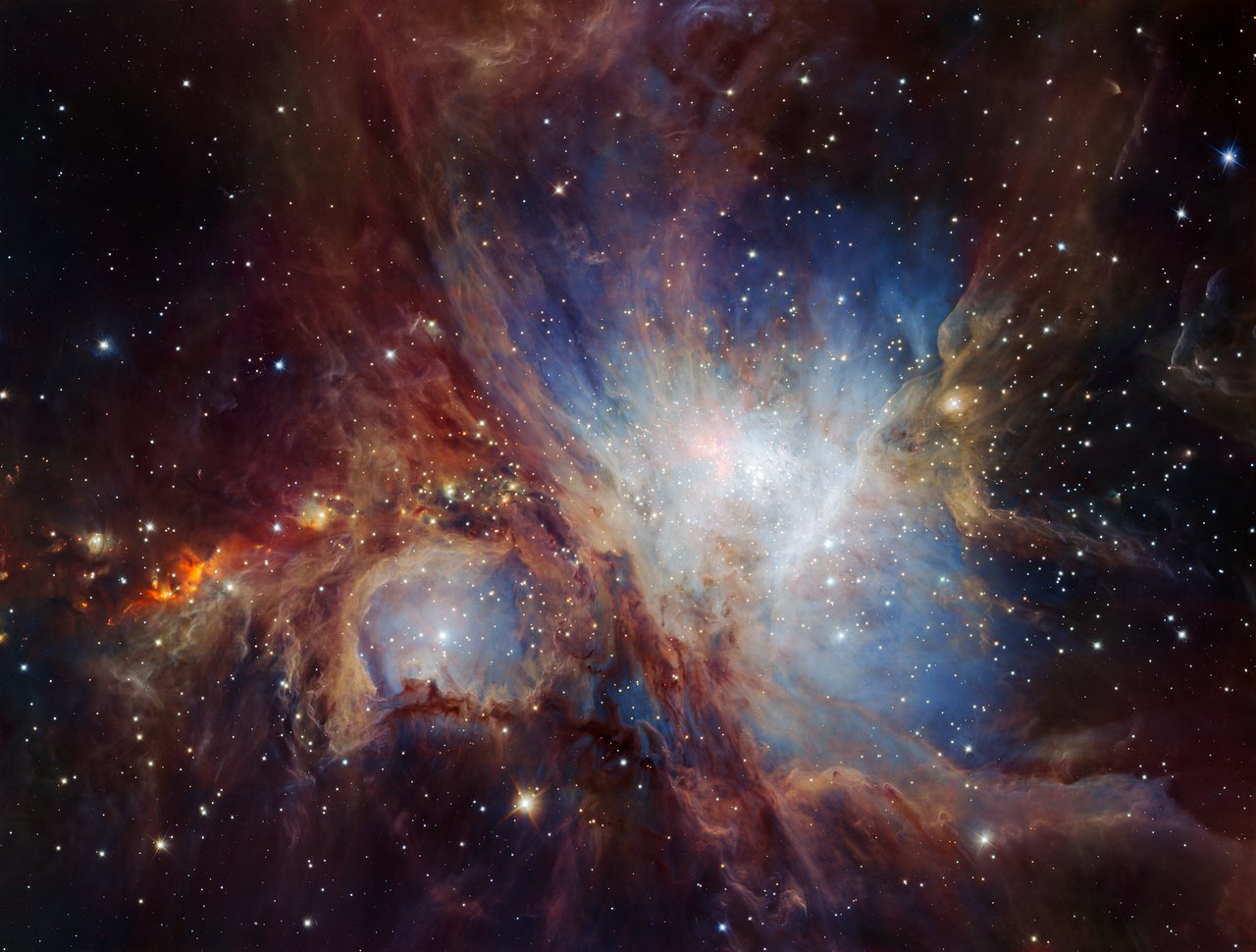-
A Strong Solar Storm Is Inbound With a Full Halo CME
The Space Weather Prediction Center is closely watching the arrival of a super-hot plasma eruption, known as a coronal mass ejection (CME), that will slam into Earth tonight, writes longtime Slashdot reader StyleChief. Images of the huge sunspot “rotating to face the earth” can be viewed here. The Space Weather Prediction Center reports: With 3…
-
Scientists are devising ways to gaze past Earth’s radio haze

Earth’s atmosphere is filled with an intensifying blizzard of radio waves — media broadcasts, mobile phone signals, radar pings, you name it. It’s a torrent that’s critical for sustaining our world’s civilization — but unfortunately, it’s also an impediment for ground-based radio telescopes. Astronomers who want to catch radio signals from much farther away in…
-
Scientists are devising ways to gaze past Earth’s radio haze

Earth’s atmosphere is filled with an intensifying blizzard of radio waves — media broadcasts, mobile phone signals, radar pings, you name it. It’s a torrent that’s critical for sustaining our world’s civilization — but unfortunately, it’s also an impediment for ground-based radio telescopes. Astronomers who want to catch radio signals from much farther away in…
-
Podcast: On Its 25th Birthday, Was The International Space Station Worth It?

Podcast: On Its 25th Birthday, Was The International Space Station Worth It? | Aviation Week Network https://aviationweek.com/themes/custom/particle/dist/app-drupal/assets/awn-logo.svg Skip to main content Joe Anselmo Irene Klotz December 01, 2023 Joe Anselmo Joe Anselmo has been Editorial Director of the Aviation Week Network and Editor-in-Chief of Aviation Week & Space Technology since 2013. Based in Washington, D.C.,…
-
Podcast: On Its 25th Birthday, Was The International Space Station Worth It?

Podcast: On Its 25th Birthday, Was The International Space Station Worth It? | Aviation Week Network https://aviationweek.com/themes/custom/particle/dist/app-drupal/assets/awn-logo.svg Skip to main content Joe Anselmo Irene Klotz December 01, 2023 Joe Anselmo Joe Anselmo has been Editorial Director of the Aviation Week Network and Editor-in-Chief of Aviation Week & Space Technology since 2013. Based in Washington, D.C.,…
-
Solar storm expected to bring spectacular northern lights to Prairies

Christmas lights might not be the only thing lighting up these dark December nights, as a solar storm is expected to bring bright northern lights to the Prairies this weekend. Aurora borealis is considered among the greatest natural wonders and scientists say it starts with the sun. “The sun is sort of spewing off protons and electrons as a…
-
Solar storm expected to bring spectacular northern lights to Prairies

Christmas lights might not be the only thing lighting up these dark December nights, as a solar storm is expected to bring bright northern lights to the Prairies this weekend. Aurora borealis is considered among the greatest natural wonders and scientists say it starts with the sun. “The sun is sort of spewing off protons and electrons as a…
-
A Flame in the Sky – the Orion Nebula

by Kat Troche of the Astronomical Society of the Pacific It’s that time of year again: Winter! Here in the Northern Hemisphere, the clear, crisp sky offers spectacular views of various objects, the most famous of all being Orion the Hunter. As we’ve previously mentioned, Orion is a great way to test your sky darkness.…
-
A Flame in the Sky – the Orion Nebula

by Kat Troche of the Astronomical Society of the Pacific It’s that time of year again: Winter! Here in the Northern Hemisphere, the clear, crisp sky offers spectacular views of various objects, the most famous of all being Orion the Hunter. As we’ve previously mentioned, Orion is a great way to test your sky darkness.…
-
The Marsh Observatory to train astronomers of the future

The University of Warwick has opened its doors to its brand-new Marsh Observatory – which will train astronomers of the future. The on-campus telescope facility was opened by Dame Jocelyn Bell Burnell, who discovered the first radio pulsars in 1967 and one of a handful of women to have been awarded prestigious Royal Astronomical Society…